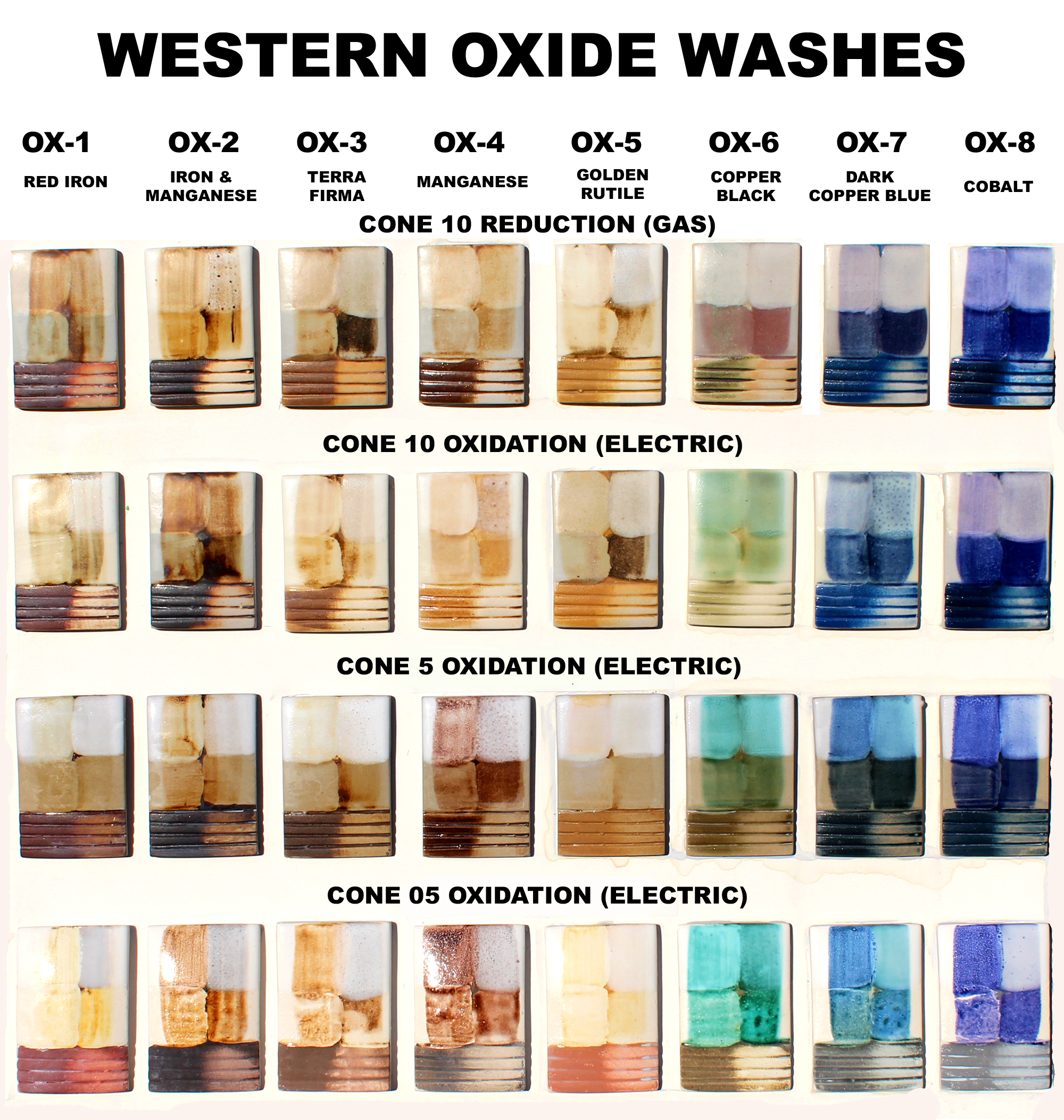Iron Oxide Ceramic Stain

Rub the paste into the stain and allow it to dry.
Iron oxide ceramic stain. A paste of borax and lemon juice also is effective on iron stains. Use ceramic stains as line drawings the spruce beth peterson there is a small amount of red iron oxide fe 3 o 2 with distilled water in a small plastic cup to create a stain. The jar will become warm during this process. A demonstration of how to use an oxide wash on pottery.
Red iron oxide can be layered fired watered down and used in many ways to add a finish to a piece of bisque pottery. Add 1 8 cup of iron oxide to create a stain for the concrete. Green and reddish brown stains on a limestone core sample respectively corresponding to oxides hydroxides of fe 2 and fe 3. Place the lid on the jar and wait 5 minutes for the acid and iron oxide to mix.
Do not use this pumice stick on the ceramic glass found on cookware or ceramic cooktops as it will scratch the surface. When using raw oxides like this bear in mind that they will settle. It discusses the importance of wiping back how to avoid uneven coverage and many other useful hints. If using a carbonate you ll likely need to add a clear or transparent glaze over top to reveal the color.
Ceramic stains are a mixture of ceramic oxides and coloring metal oxides that are melted in kilns quenched ground to specific mesh size some are acid washed and colored with organic dyes to simulate the fired color. On the tub sink ceramic tile or toilet wet a pumice bar and rub the iron stain. This is a video tutorial of decorating bisque with red iron oxide. Bisqueware absorbs the color easily so the two materials work well together.
Essentially they are fritted colorants. Commonly used oxide colorants include cobalt oxide black copper oxide red iron oxide and manganese dioxide. The brown color indicates that iron is at the oxidation state 3.


















